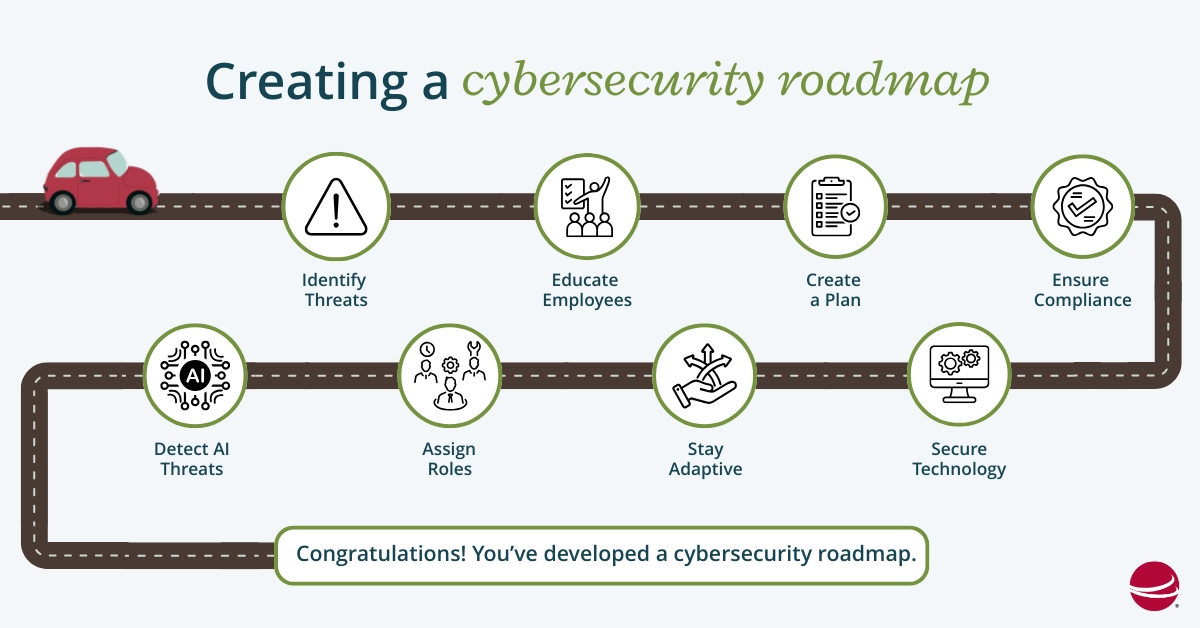Holiday Closing Notice - Wednesday, December 24 & Thursday, December 25
Our offices will close at noon on Wednesday, December 24, for Christmas Eve and remain closed on Thursday, December 25, for Christmas Day. We will also be closed on Thursday, January 1, for New Years Day.
*Please note that our office inside Festival Foods in Fond du Lac will be closing early at 5 PM on Wednesday, December 31, for New Years Eve.




